We’re continuing our walk-through of the different concealed carry methods, and on today’s agenda…it’s shoulder carry time!
Guaranteed, you’ve watched at least one movie or TV show with a crusty old detective sporting one of these rigs. (It probably has a 1911 in it too…)
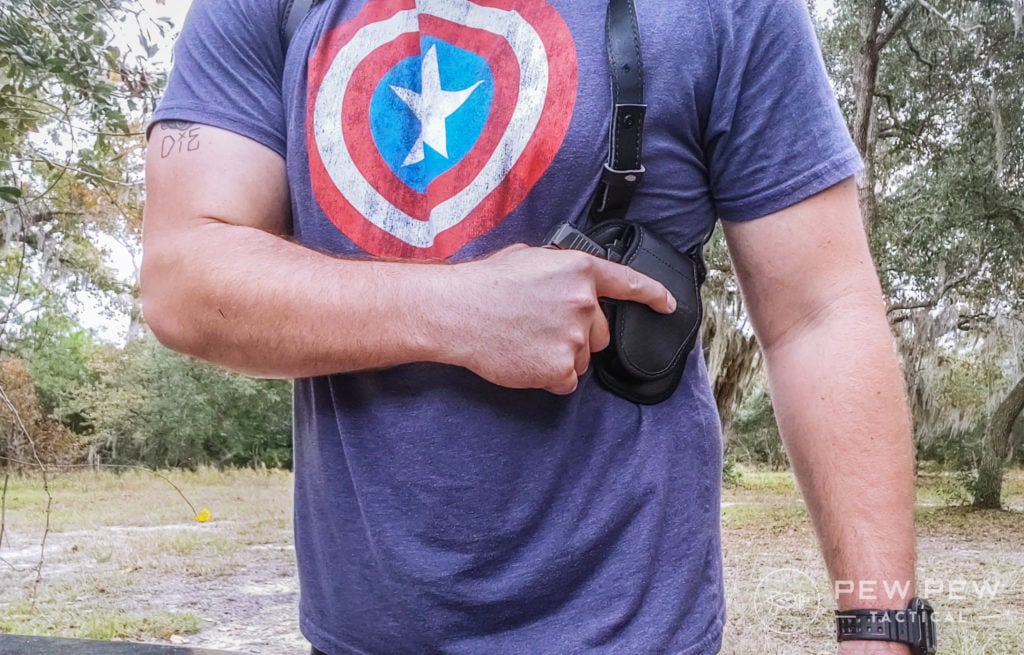
So, we’re going to explore shoulder carry, talk about the pros and cons of this style, and also discuss the draw.
By the end, you should have a better grasp of whether this concealed carry method is right for you.
But before we jump in, make sure to check out Brownells’ Daily Defense video below for more tips and tricks.
Table of Contents
Loading…
What Is Shoulder Carry?
Again, you gotta love the gun industry’s simplistic naming scheme. Makes things easy!
Shoulder carry refers to a holster worn around the shoulders. These holsters hold the gun (and sometimes spare mags) under the armpit.
You’ve likely seen this style in old detective or spy movies.
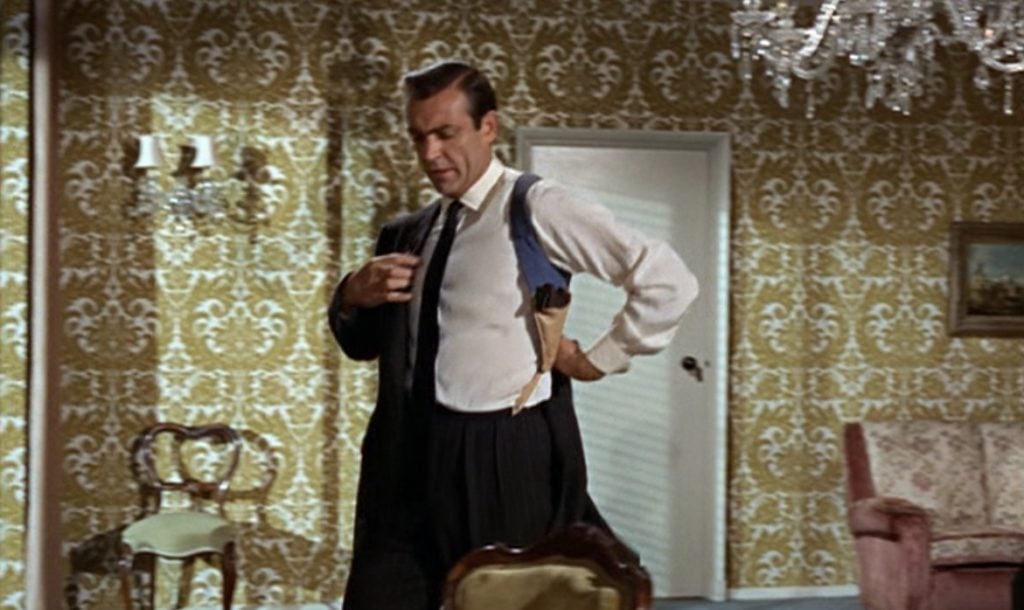
Shoulder carry is not a popular method. But it does provide a means to carry if you absolutely can’t make belt line or ankle carry work for you.
Pros of Shoulder Carry
The most apparent advantage to shoulder carry is the ability to access the firearm while seated. Tucked underneath the armpit allows access to the gun if you’re in the car or routinely work from a desk.
This method is also convenient because it provides a grab-and-go setup with the holster and mag pouches altogether — no need to purchase additional accessories.
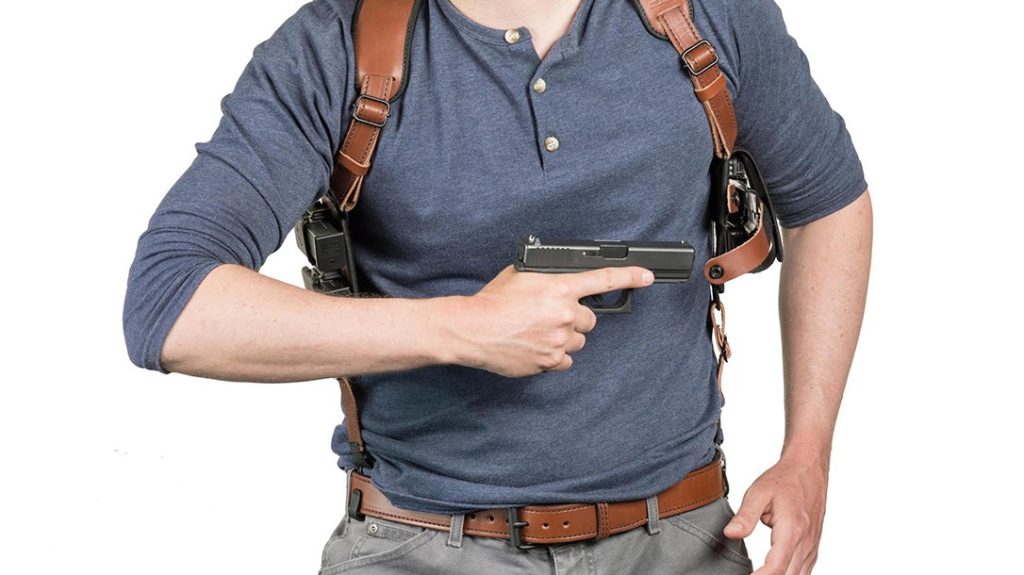
Shoulder carry also works if you live in colder climates where you regularly don jackets or coats. The holster can slip underneath the outer layer and allow you better access than an IWB rig nestled under layers.
Finally, it offers a decent weight-bearing option to allow you to carry larger firearms that, for whatever reason, might not work on the beltline.
Cons of Shoulder Carry
Let’s be real; you probably aren’t going to adopt this as an everyday carry option.
Why?
Well, you’re pretty limited clothing-wise. To keep the gun concealed, you’ll have to sport a blazer, coat, jacket, or unbuttoned shirt/vest at all times. T-shirts need not apply.
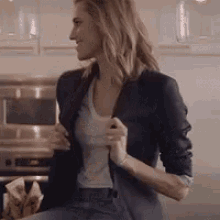
If you work a job that requires a jacket at all times, this works, but if you’re someone who ditches the blazer when you get to a desk or cubicle…well, this method might not be the best.
Additionally, the draw from a shoulder holster can be awkward and slow.
It requires you to reach across your body, and that’s not necessarily the most natural motion. Similarly, it’s slow to reholster.

Finally, due to this carry method’s nature, most ranges and concealed carry classes do not allow live-fire practice from this position. This limits your ability to effectively train at least on a range.
So what can you do?
Either find a facility that will allow you to live fire from this carry mode or invest in a lot of dry fire training at home.
How to Draw From a Shoulder Holster
The gun will be set up in a cross-draw position, meaning you must reach across your body to retrieve the firearm.
When a threat emerges, reach your dominant hand across your body while simultaneously lifting your support arm up and away from the holster. (Think chicken wing!)
From here, release the thumb break on the holster. This allows the gun to be drawn from the holster.
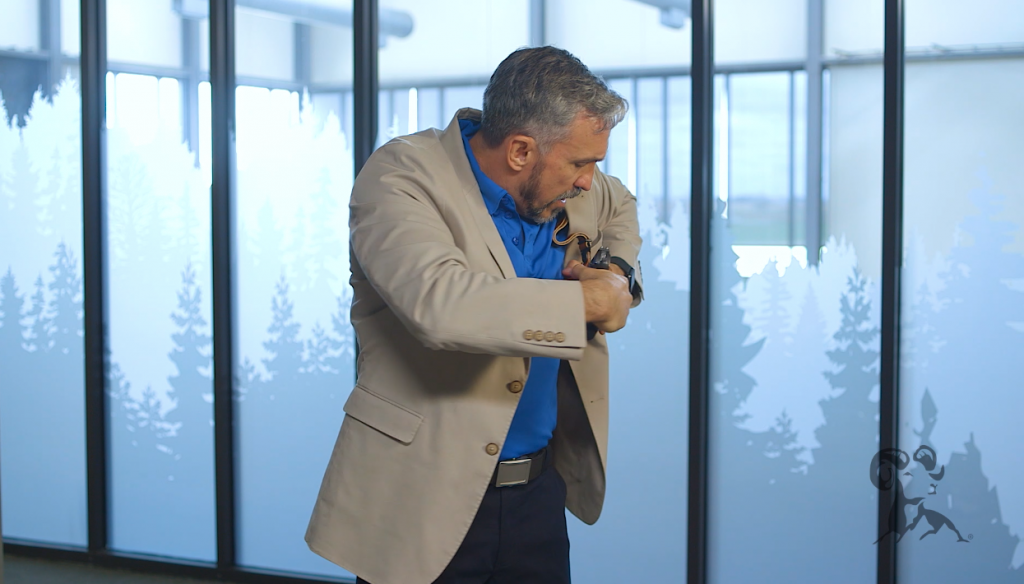
Retrieve the gun and present on target.
It’s important to be aware of the muzzle as you draw so you do not sweep yourself (or others) as you come out on target.
To reholster, you’ll need to grab the holster with your non-dominant hand and hold it steady to place the gun back inside.
Again, be aware of the muzzle and where it is pointed at all times. Do not accidentally sweep yourself as you place the gun back in the holster.
Also, don’t forget to button or velcro the thumb break back into place.
For a detailed look at how to draw from a shoulder holster, check out the Daily Defense demo below!
Tips for Shoulder Carry
At this point, some of my tips are going to feel a little repetitive. That’s because most carry methods are going to require similar basic elements for success.
1. Invest in Good Gear
It’s imperative to find good, quality holsters to pair with your gun. You likely dropped a few hundred dollars on your gun, so protect that investment with a high-quality rig that will set you up for success.
Prices accurate at time of writing
Prices accurate at time of writing
-
25% off all OAKLEY products - OAKLEY25
Copied! Visit Merchant
While leather is a popular choice for shoulder holsters, fabric and even Kydex/hybrid ones do exist.
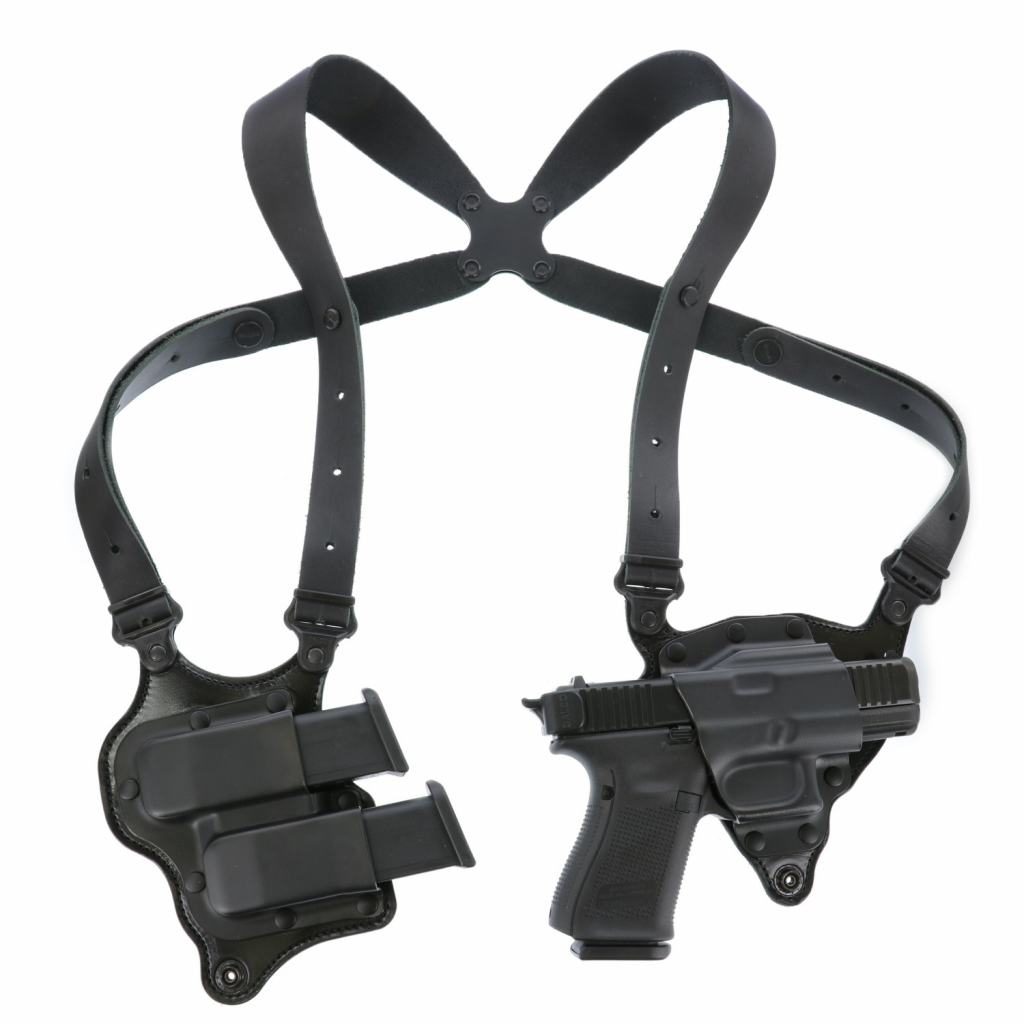
As with anything holster-related, go for one that completely covers the trigger and offers some retention mechanism a la a thumbreak that keeps the gun in place.
You’ll also need to decide on whether you want a horizontal, vertical, or angled shoulder holster.
A vertical holster will orient the gun with the muzzle pointed down.
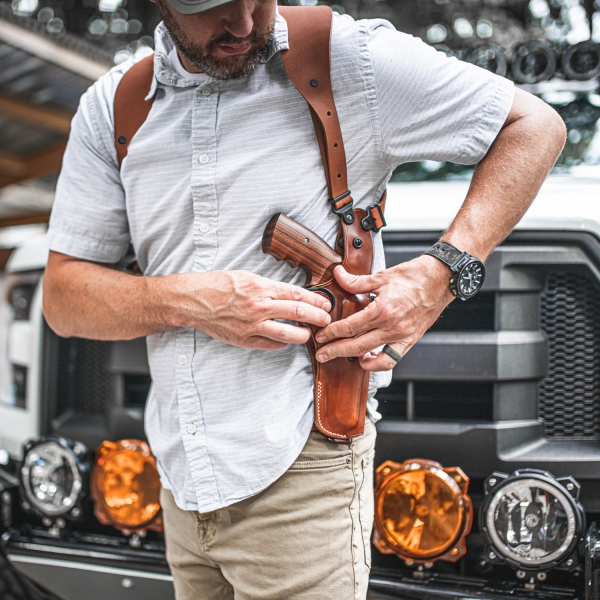
While it can be a slower draw, it does allow you to sport a larger gun.
A horizontal holster, orients the gun horizontally — meaning the muzzle will point behind you.
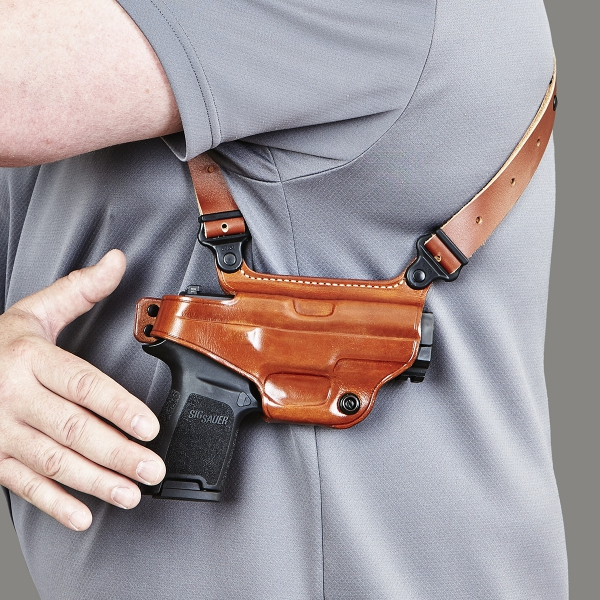
These offer a faster draw but, depending on your width, you might be limited to shorter barreled guns.
Finally, an angled holster situates the gun at an angle — usually a 45 degree upwards position though there are some angled holster that orient the gun at a 35-degree angle downwards.
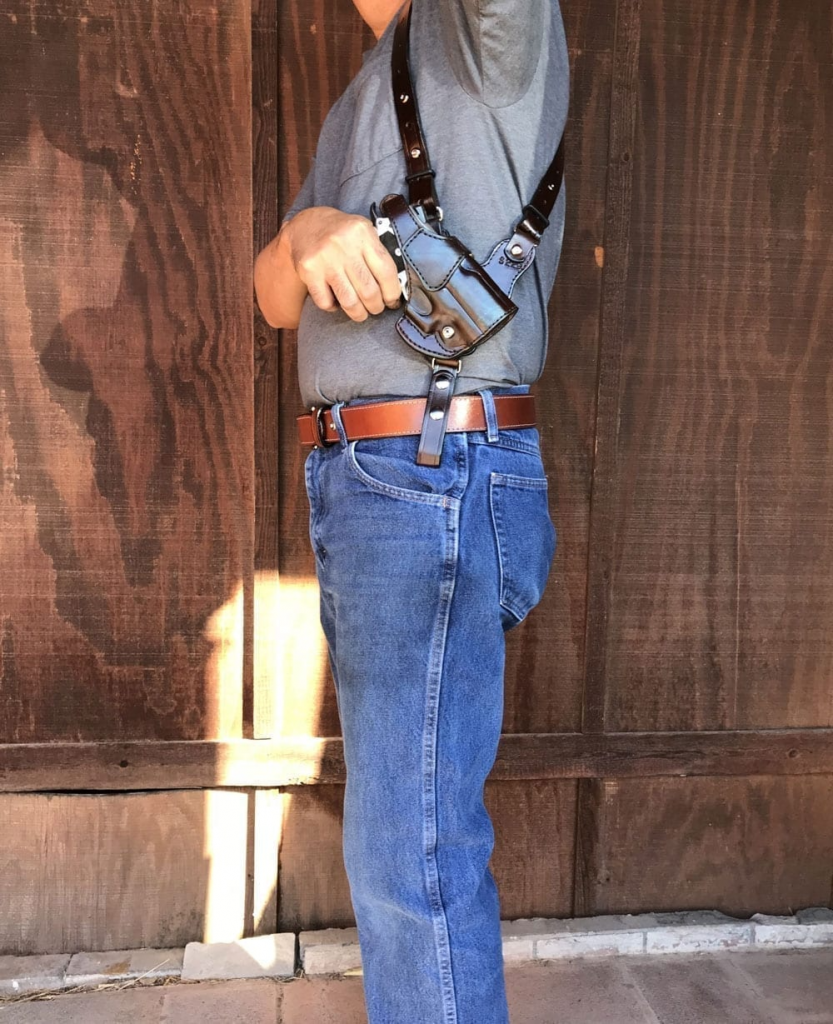
While this method is also pretty quick to draw from, some might find it difficult to get a good grasp on the gun without compromising safety.
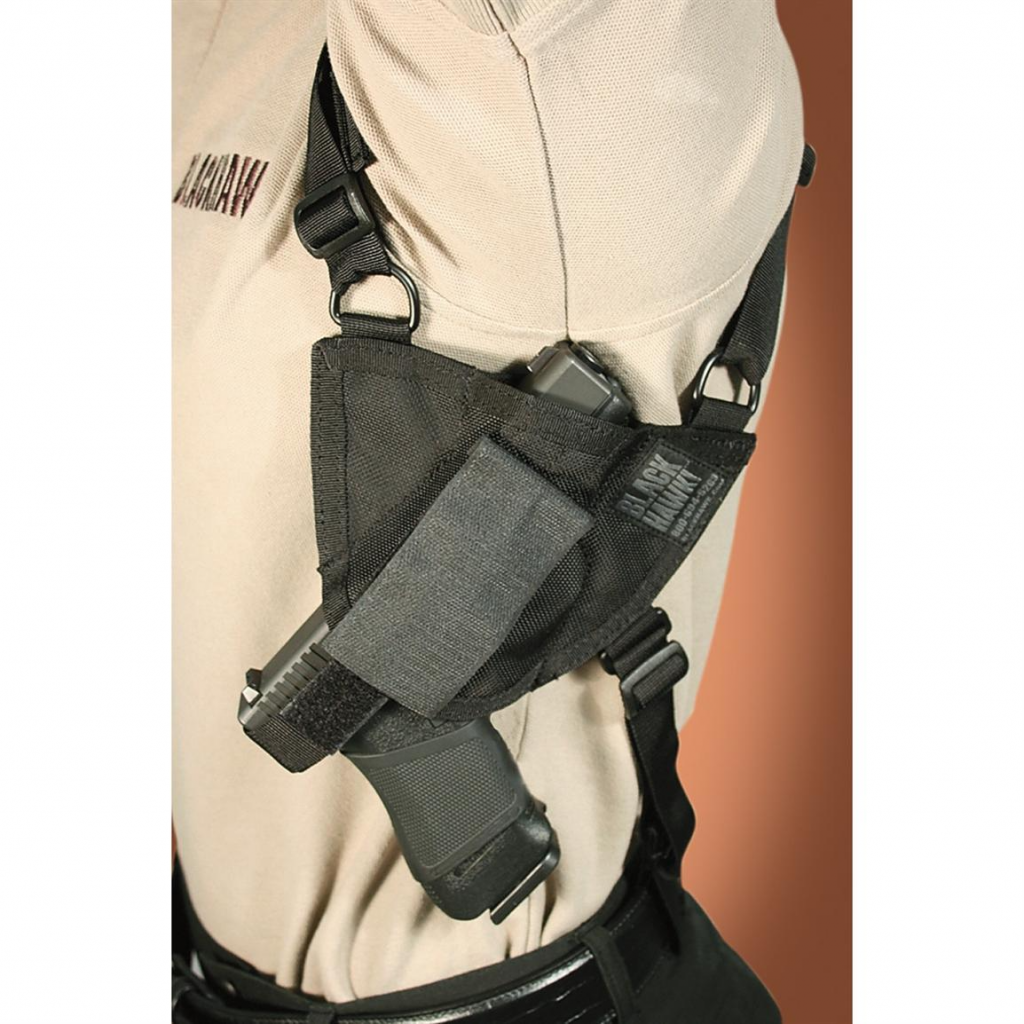
When choosing a holster, make sure to read up on sizing. Not all holsters are created equally. So know your measurements to get the best fit!
2. Gun and Clothing
When working with a shoulder rig, you’re going to need to choose your clothes, wisely. As I mentioned, this style relies on a cover garment like jacket or unbuttoned overshirt. But not every cover garment will work.
Personally, I’ve found that garments that are more fitted/cut closer to the body or made from lighter fabrics, tend to reveal the holster — more so than looser, less fitted jackets or button-up shirts or those made from heavier fabrics.
You might have to play around with the clothes in your closet to see what prints and what doesn’t.
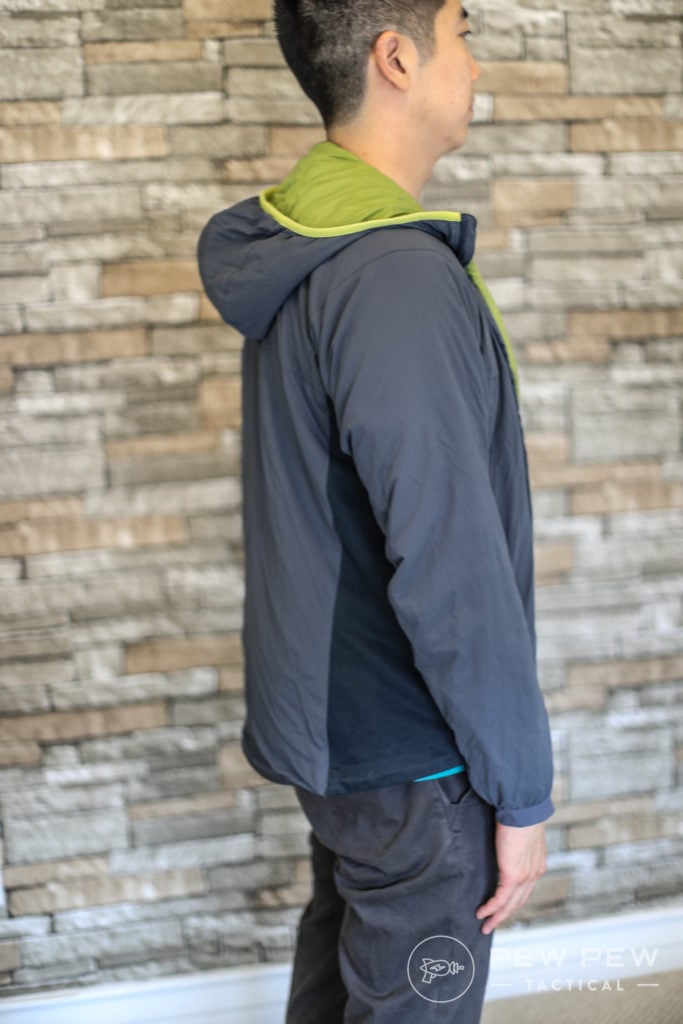
That said, winter coats work really well with shoulder holsters! I have carried more than a few times in a shoulder rig with a heavy Columbia jacket and Glock.
Also, while picking your attire, consider the size of gun you want to conceal.
A larger, full-size gun might work in certain attire but probably won’t be your best bet if you’re in a slimmer blazer and carrying horizontally.
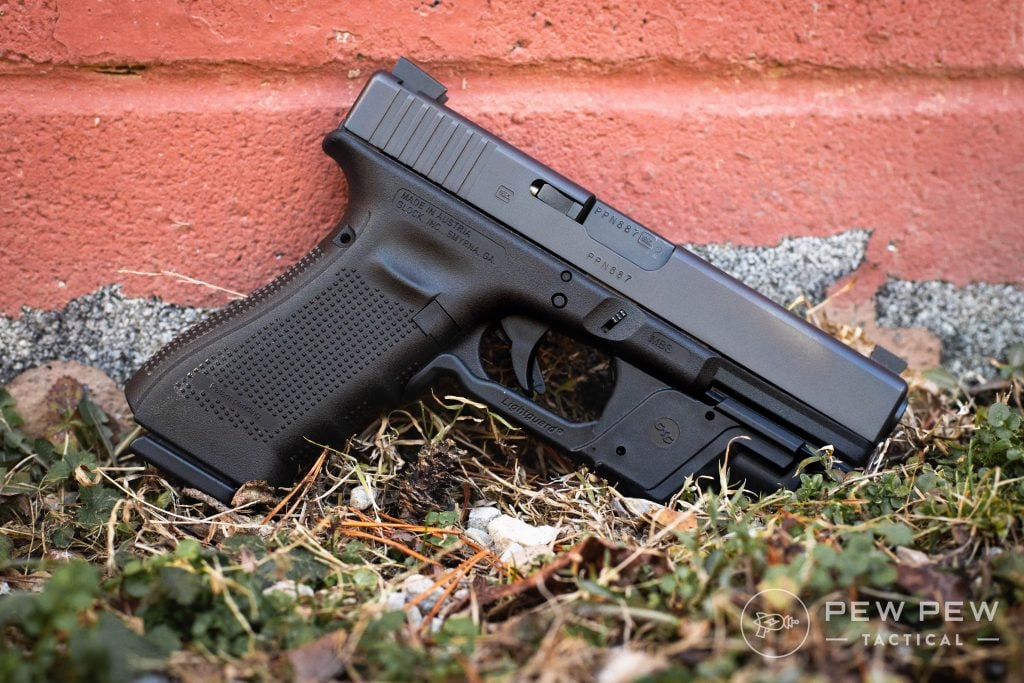
Again, this is where the good gear concept comes into place. The right gun in the right holster makes all the difference!
3. Practice!
I mentioned earlier that live-fire training might be difficult on a range. Many ranges and classes do not support shoulder carry live-fire drills due to the potential of muzzling fellow range goers.
So, you might be limited in your training. But luckily, you can always dry fire at home!
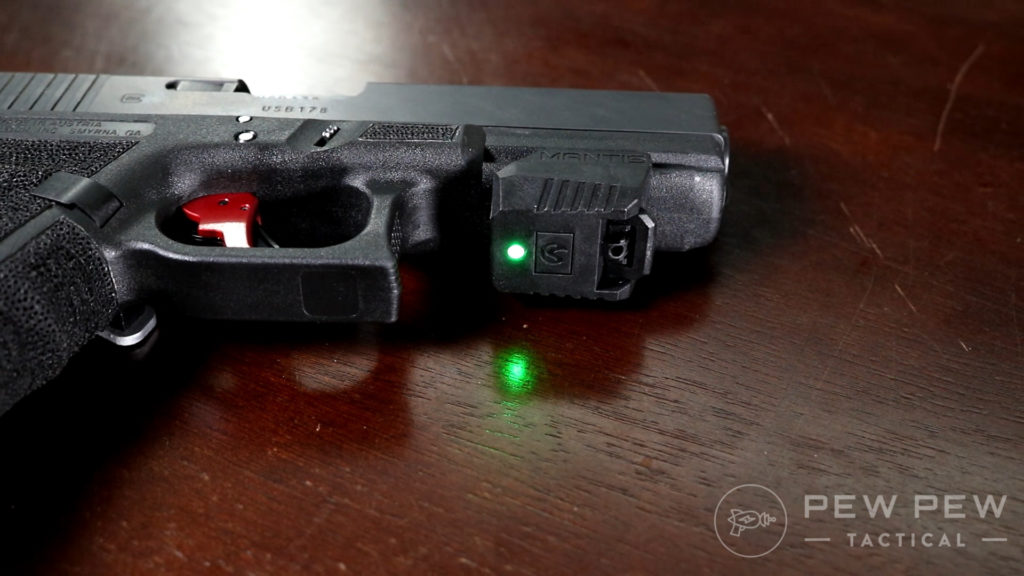
Put some reps in to work on confidently drawing from a shoulder holster.
Also, make sure to practice in multiple outfits so you know the limitations of each.
Conclusion
Shoulder carry isn’t the most popular carry method. Still, it does provide a means to concealed carry if your beltline isn’t an option.
Using a cross-draw method and placing the gun under the armpit of the non-dominant side, it only works if you wear a cover garment.
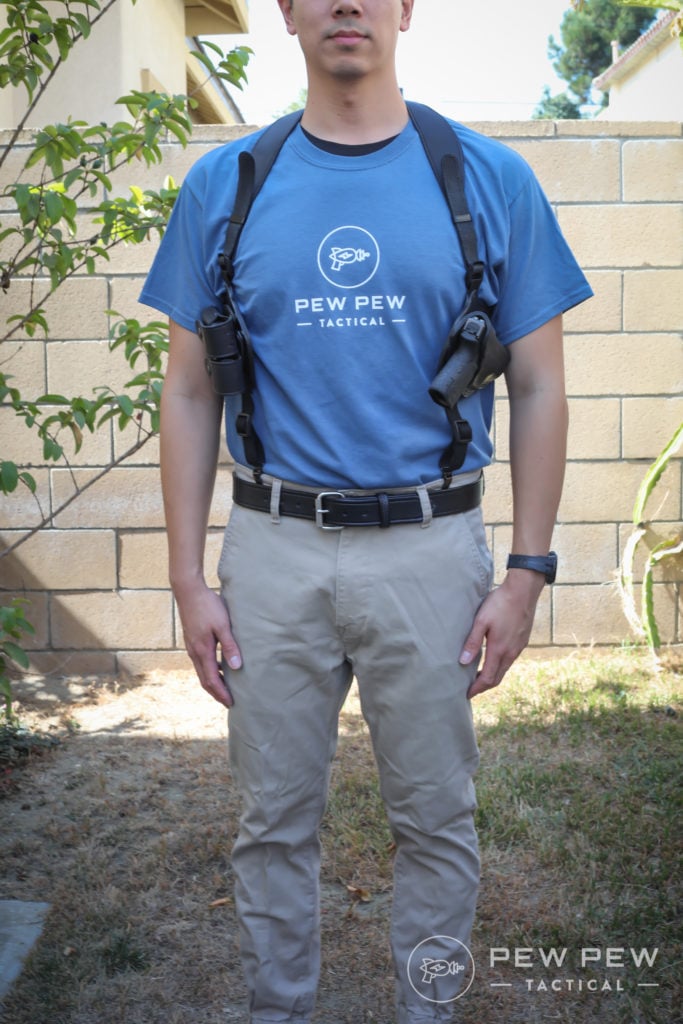
Though it’s not how most people choose to EDC, it is an option if nothing else works.
Do you shoulder carry? If so, what’s your holster/gun setup? Let us know in the comments below. If you missed our other CCW articles in this series, no worries. Get spun up on Strong Side Carry, AIWB, Pocket Carry, and Ankle Carry.

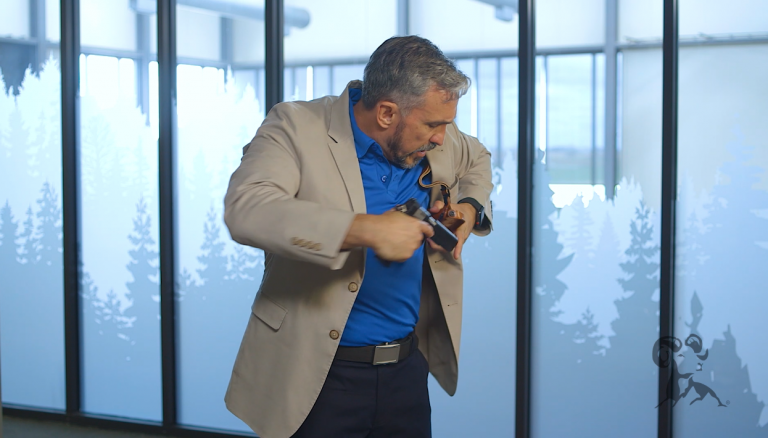
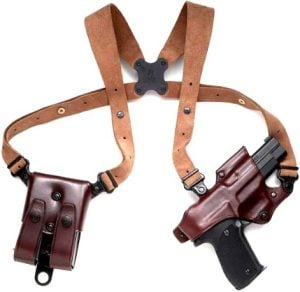



13 Leave a Reply
I carry a 1911 10mm under each arm with a double shoulder rig. Yes, weight is distributed over the shoulders and doesn't pull your pants down. If my arm is pinned or I am using it to hold someone off, I can still easily draw with the other hand. Can YOU? Wearing on the hip means the gun can more easily be grabbed or blocked by those around you. I sit a fair amount, and my guns are not banging into chair backs or printing on my hip. Unless carrying OPENLY, you still need to keep the gun covered. I wear the same light vest or unbuttoned shirt over my guns as anyone else--not a jacket. Everyone's body and situation is different, and so is what works best for THEM. Practice is required, regardless.
Every carry position has its limitations, absolutely. That's why we train and have a multi-layered concealed carry setup. I absolutely agree that everyone should find a carry method that works best for them. As long as we're all doing it safely, that's all that matters! I'm glad you found a CCW method that works for you and your lifestyle! :)
How the heck did you miss that, on the draw, you need to raise your support arm like a chicken wing to make sure you don’t muzzle yourself?
Jacki, as a rule I really like your articles, but I think I need to agree with the other poster that this sounds like something you haven’t tried. Just a few weeks ago you wrote a piercing commentary criticizing articles about women but without women’s input because personal experience with a subject is important. It seems like you’ve written a commentary here about shoulder carry without the input of intimate personal experience from either yourself or anyone else. That’s a tragic way to be coming to the close on a substantial series on concealed carry.
Look, I agree with your fundamental assessments on shoulder carry, but there are a number of glaring omissions. Logic can carry us a long way. It also helps us avoid many pitfalls. Unfortunately, it does sent always tell us what we don’t know.
Can I propose that this article stays up, but receives an informational header? “PPT tries to provide the best information at all times. Reader comments have illustrated that maybe we fell short on this one. This article is being re-researched. An updated version will appear as soon as is feasible. Hold tight!” Then, when the new version comes, continue to leave this version but replace the header with a link to the improved version.
I might suggest that a new version includes what makes concealment with a jacket easier/harder. (Shape, color, cut, lapels, etc.) Whether it’s easier/harder with women vs men. The utility (or lack thereof) of adjustable cant/height. Whether pocket guns are harder to draw (or even easier to conceal!) from the shoulder. The amount that holster quality does/doesn’t affect shoulder carry. Any product recommendations at all. (How was this the only iteration so far not to include any?) And maybe an accurate demonstration (not just description) of the draw?
Hey Mike, thanks for the feedback. You were definitely right to point out that this article might be lacking in recommendations and didn't have the same vibe as past iterations. So, I will definitely rectify that ASAP with some good holster suggestions and some tips on clothing choices. As for my experience, I have shoulder carried very minimally. It's definitely not my preferred EDC method. So, I did reach out to a resource who shoulder carried in the past. That said, I appreciate your input and will make some necessary revisions soon.
Those were some huge tweaks you made! The article is substantially better as a result. Kudos on your integrity, Jacki.
You clearly haven't done it. Hence, you aren't properly qualified to express any meaningful opinion on the subject. Moreover, it's apparently just fine to point a loaded gun at your junk and femoral artery if you carry appendix. Yet, shoulder carry is somehow more "dangerous"?
I don't believe I ever called shoulder carry "dangerous." I think any mode's "safety" depends on the user. I have shoulder carried before, minimally I will add, but I have done it. It's definitely not my preferred EDC but I have some experience with it.
Danger comment was in response to other responders.
Oh, gotcha! You had me re-reading through the article several times, lol.
I hate appendix.
I carry shoulder and waist. It depends on what's going on most time its waist either concealed or open (depending on environment). If going someplace like grocery store usually concealed.
I'm not sure about some of the cons in this article. I understand them but they aren't cons in my practical experience I guess maybe cause I don't lock into shoulder as a constant thing but I do like.
Had to go through a few different rigs, went with the black hills 45 degree in the article though.
Missed a huge con for shoulder carry. You are nearly always pointing your weapon in an unsafe direction while the gun is holstered, and everyone (including yourself) on the gun side when drawing.
Not to mention covering everyone with your muzzle in a semi circular arc on your weak side as you draw.
You don't have to do that.
I draw down and then up as I cross my chest then out to present. After a little practice it's just as fast. Maybe a little faster and you don't end up covering everyone like u do by sweeping out and away from the chest.